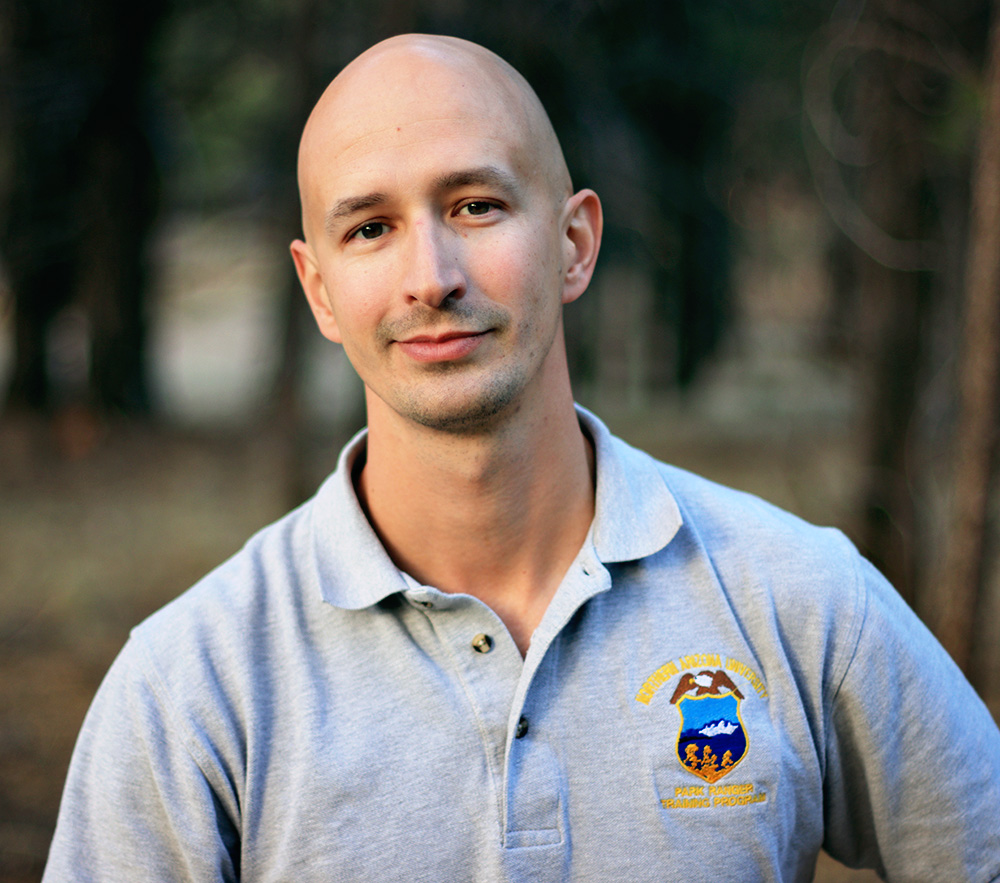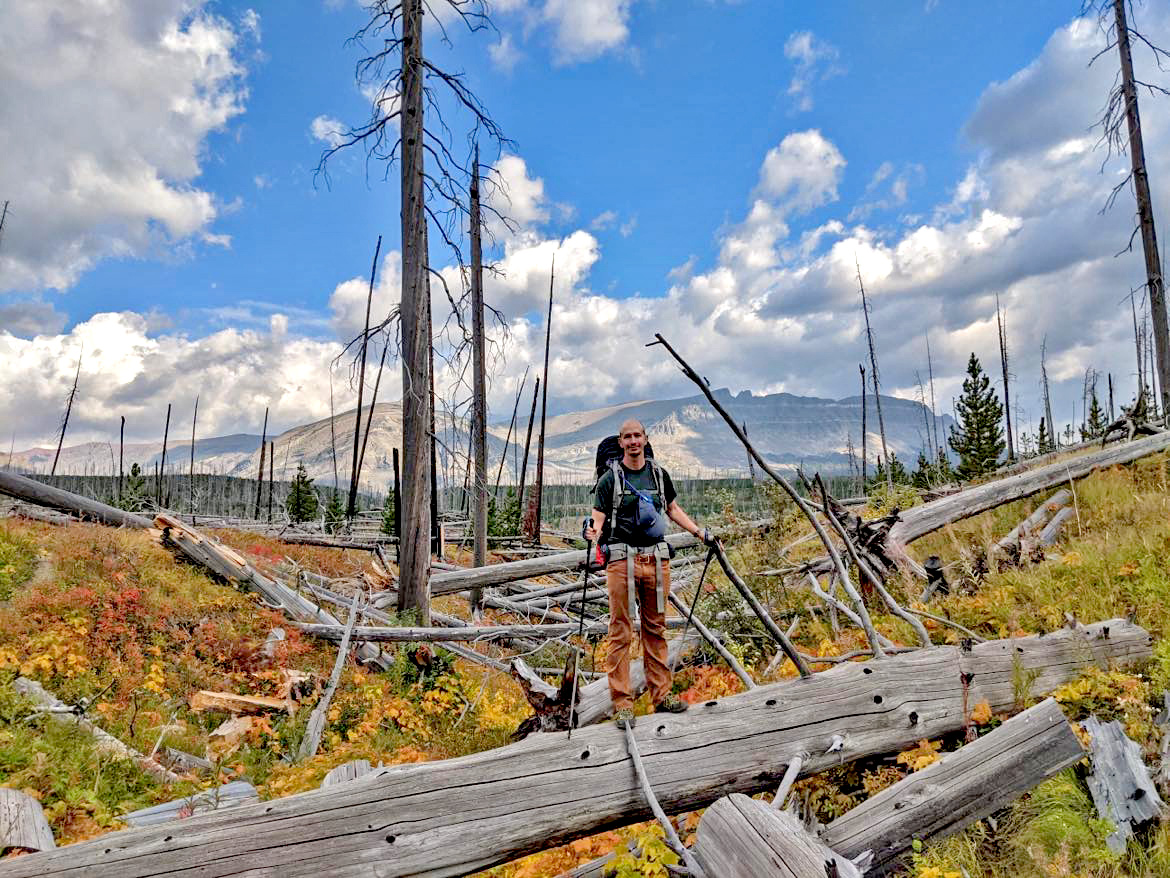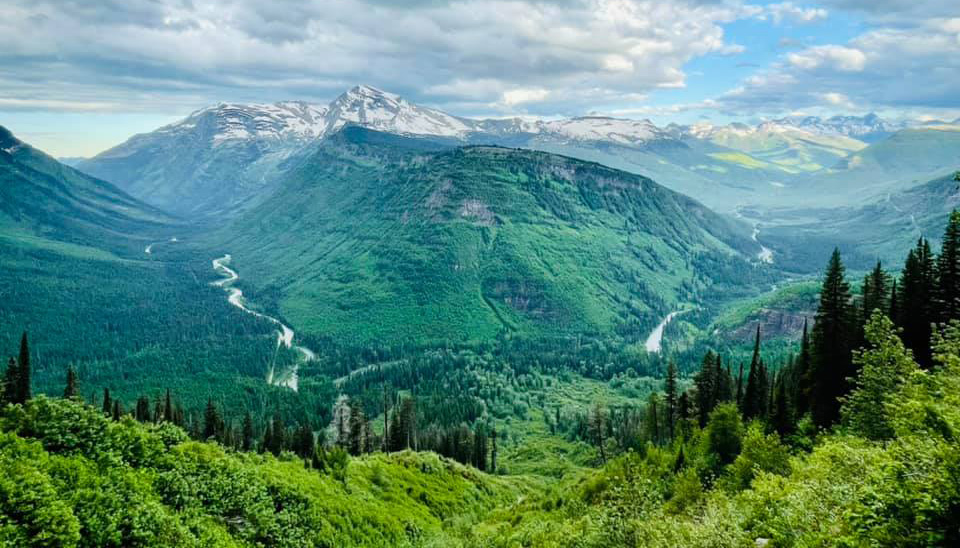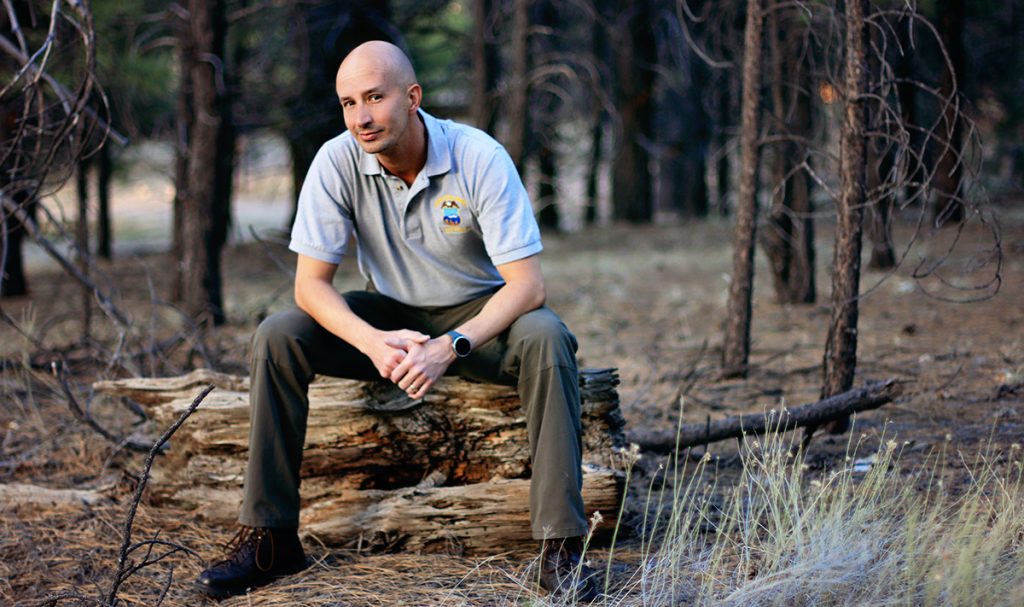As James Jensen gripped the steering wheel of the police-issue Chevy Tahoe, his knuckles turned white; his speed increasing—30, 40, 50 mph—as he dodged cone obstacles and approached the fork in the road. Not knowing which direction to turn, he tried to remain calm despite his rising heart rate. At the last possible second, his instructor comes through the police radio. “RIGHT!” they yelled. Jensen makes a hard right, tires screeching the ground of the high-speed tactical driving course.
“The course itself was pretty exhilarating, and it is something I think everyone who drives a vehicle should experience,” Jensen said. “Knowing where your skills are as a driver, how to read the road and what your vehicle is capable of is essential in avoiding an accident. This course makes you aware of all those things—giving you the knowledge to potentially save lives behind the wheel.”

The Emergency Vehicle Operations Course is one of many exercises Jensen and his classmates take as part of Northern Arizona University’s accelerated Park Ranger Training Program, teaching students how to react quickly and safely with everyone’s best interest in mind. The program, which lasts just 16 short weeks, uses real world situations and scenarios to ready the students for the coveted life of a park ranger. Since the program’s inception in 1998, more than 940 students have completed the course. It is one of only six Park Ranger Training Programs that provide the education required to work as a seasonal park ranger in law enforcement in the National Park Service. This semester’s cohort, made up of 21 students, is the program’s 43rd class.
Recently, the class participated in a threat assessment exercise, in which students were presented with different virtual scenarios and had to quickly assess the level of threat and whether force was necessary. When presented with his scenario, Jensen was able to quickly assess the threat, draw his firearm and engage the bad guy before his partner was stabbed.
“Virtual scenarios are always fun; it’s like playing a first-person shooter video game,” he said. “But even more beneficial than the virtual trainings was when we went out to do real-world scenarios. Real people are coming after you with (fake) weapons, and you have to make that split-second assessment on how to react and whether it requires deadly force.”
Jensen attended NAU as an undergraduate, then transferred to Arizona State University to complete his degree. He received a bachelor’s in political science with a certificate in international studies and a minor in criminology and criminal justice. He had big plans after graduation—he wanted to work in law enforcement, but instead moved back to Phoenix and fell into a job working at a small manufacturing company as an outside sales representative. He made decent money but left every day feeling unfulfilled.

He has always loved the outdoors—he spent his undergraduate years exploring northern Arizona, spends his free time mountain biking South Mountain and uses his vacation time to visit Glacier National Park, his favorite place in the world. Last summer, he and his wife, an alumna of NAU’s physical therapy program, spent a week hiking through Glacier’s backcountry with some friends. It’s his love of the outdoors and national parks that spawned the idea of becoming a ranger. Following some thoughtful research, he joined the Association of National Park Rangers (ANPR) to gain mentorship from an experienced ranger. After some long discussions, all signs directed him back to NAU, whose Park Ranger Training Program is one of the best in the West.
“With my wife and home in Phoenix, based on sheer geography, NAU’s Park Ranger Training Program made sense. But more than that, NAU’s program has a good reputation, and with only a handful of other programs that contract with the National Park Service, NAU stood out.”
At 34 years old, Jensen took the leap and enrolled in the program—for the next 16 weeks, he and his classmates would eat, sleep and breathe park ranger. In the 700 required course hours, students learn how to carry firearms, make arrests, investigate violations of the Code of Federal Regulations, investigate motor vehicle accidents, take initial reports on felonies and fatalities and assist in the follow-up investigations, serve subpoenas and assist in the serving of warrants. However, even after completing the program, good park ranger jobs are few and far between.
Early on, the only ranger positions available are usually part-time, seasonal stints at state parks no one has heard of in the middle of nowhere. If you’re lucky, after a few years, the park will offer you a full-time position. Jensen was aware of the field competition and worried what might happen after the program, but at this point, anything was better than living the life of an unmotivated salesman. The possibility of getting a job as a park ranger meant actually caring about what he was doing for the first time in his career, and that was enough motivation to try. He packed his car full of clothes, a mattress and his bike and once again, set off for Flagstaff. With a career of her own, his wife stayed behind—she works as a physical therapist at a small clinic in Phoenix. If leaving her wasn’t hard enough, the couple found out they were expecting their first baby just weeks before Jensen was scheduled to move north.
“Being away from her during this time in our lives has been the hardest thing that I’ve ever had to do. You want to be there for your person and you’re making these choices that take you away from that person—trying to reconcile those conflicting interests is difficult.”
Relying on phone calls and quick turn-and-burn visits to see her on Sundays, he pushed on—hoping this gamble would pay off.
Between the firearms training, control tactic techniques, constitutional and natural resource law, report writing, tactical driving courses, virtual training, tactical medicine lessons, different use-of-force scenarios and taser training, Jensen has stayed plenty busy. With the help of his instructors, he’s learning as much as he can now, confident he’ll finish the program knowing everything there is to being a ranger.
“We’ve had some stellar instructors. I’ve been especially impressed with our women instructors. Their level of expertise and professionalism and knowledge with whatever they’ve been tasked with instructing—whether it be a driving course, forensic science, use of force, control tactics or crisis management—has really blown me away.”
Since national parks like to do their hiring early, oftentimes, students start applying for seasonal gigs before they graduate from the program. Knowing there’s work directly after graduation is even more motivation for students to excel. Almost as soon as Jensen was accepted into the program, he started applying to parks that were hiring. From Shenandoah National Park in Virginia to Denali National Park in Alaska, he put in more than 70 applications, hoping to land something—anything—after graduation.

He was thrilled to be offered a job at Theodore Roosevelt National Park, and had plans to move there after graduation, though the idea of living in North Dakota had never previously crossed his mind. Then, halfway through the program, one of his instructors emailed the class about a job opening. And not just any job opening. It was a seasonal position at one of the country’s most popular and beautiful preserves: Glacier National Park. Jensen immediately followed up to apply. After two interviews, he received the phone call he never expected: He was hired.
“Completing the program with a job is a huge relief. It’s something I feel a lot of pride for, and it’s at Glacier! The fact that I got a job at one of my favorite places to visit, it’s completing the dream, and I have a hard time believing it’s actually happening.”
Jensen and his cohort will graduate from the program on April 20. Until then, he will continue taking in every training exercise, test and lecture knowing that in May, he’ll get to put everything he’s learned to use at Glacier, as a real-life park ranger.
“I knew going into this that this road would be a gamble. There is no guarantee of a job and there’s no telling what the future holds. But so far, I’ve had two seasonal job offers and just completed my second round of interviews for a third, full-time position. So, I think it’s safe to say this is going to be a gamble that pays off.”

Carly Banks | NAU Communications
(928) 523-5582 | carly.banks@nau.edu




